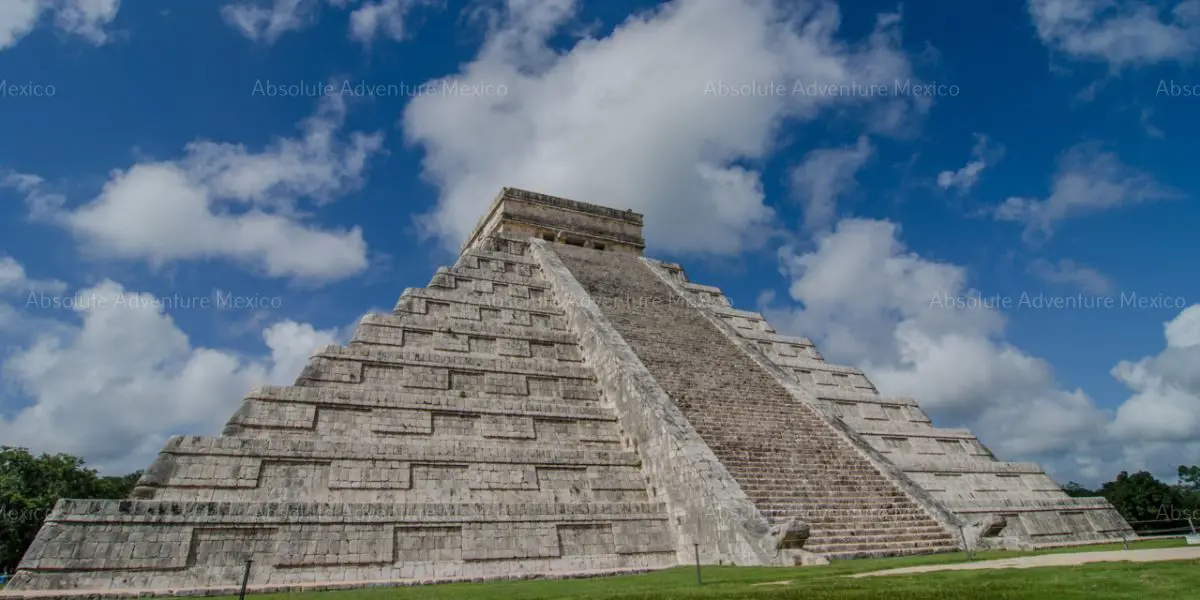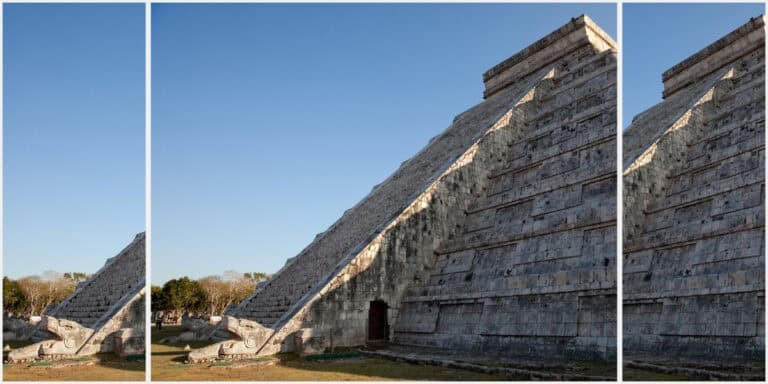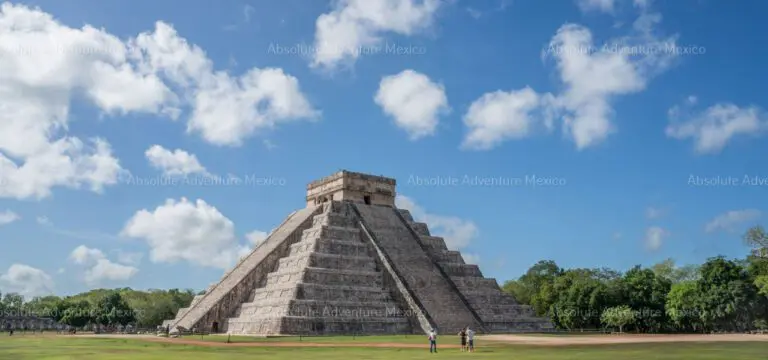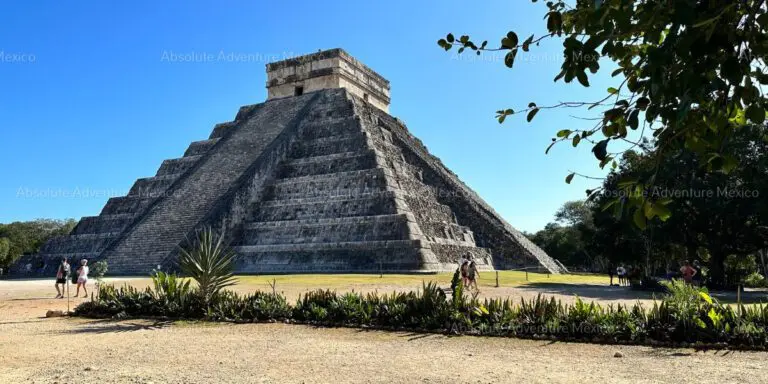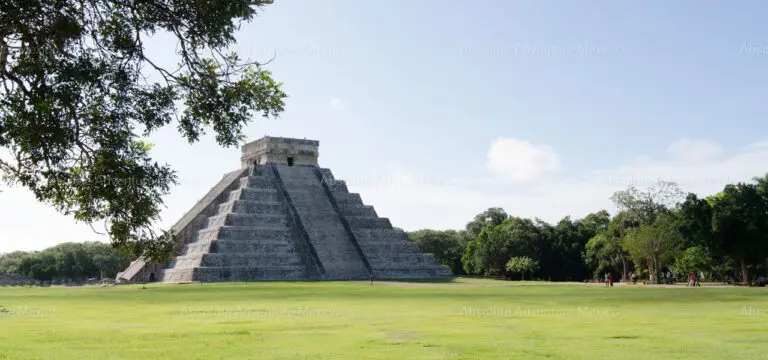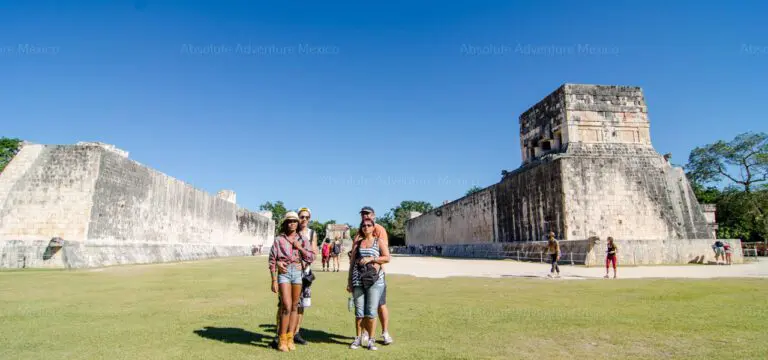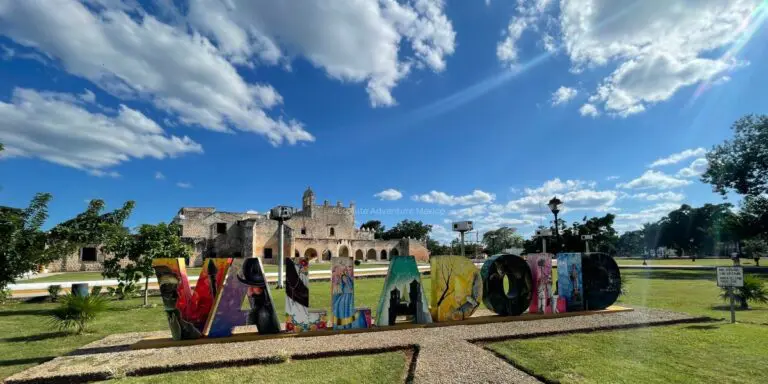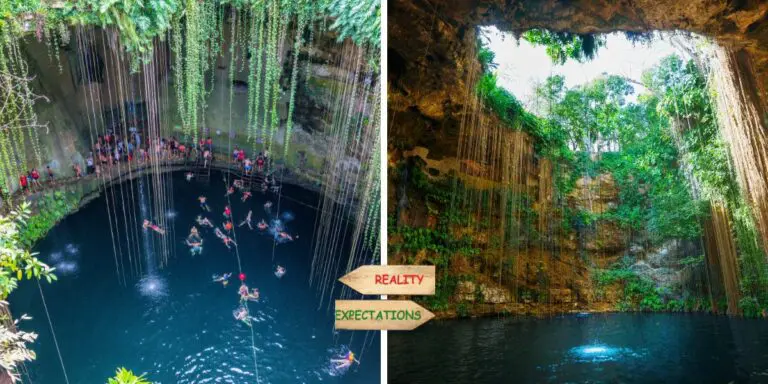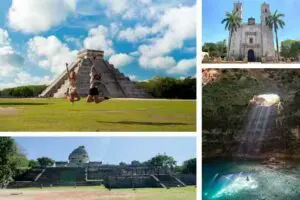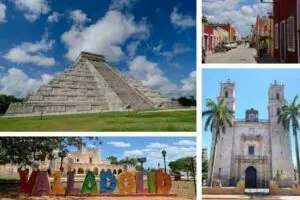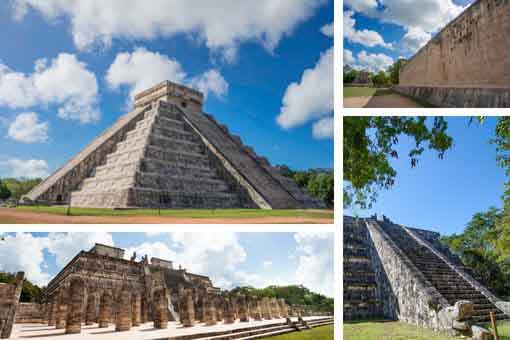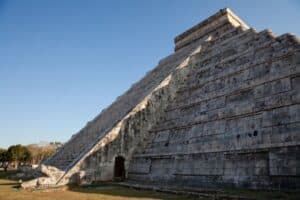the famous Kukulkan pyramid of Chichen Itza
While enjoying your holidays in the Yucatan Peninsula, if you wish to make a one day trip then it is an absolute must that you visit Chichen Itza and discover the KuKulkan temple.
Why? Well, the ancient city of Chichen Itza was declared as being the one of the new Seven Wonders of the World back in 07-07-2007, and for good reason. There was a worldwide vote cast for it and over 100 million people voted that it should be the new wonder. Chichen Itza has become one of the most popular tourist destinations in Mexico and in the world.
Just a three-hour drive from Playa del Carmen, the total area of Chichen Itza is 6 square miles. There have undoubtedly been a plethora of archeological excavations in the once great Mayan city – which has revealed an exponential number of different temples in the jungles of Chichen Itza over the past couple of decades- it is safe to say that each temple is no less amazing and wondrous than the pyramids of Egypt.stem.
El Castillo – Kukulkan Temple
The main attraction of Chichen Itza is Kukulkan Temple, which has also been given another name by the locals, El Castillo. The Temple stands at 79 feet and was meant to help the Mayans with their astrological endeavors.
The feathered serpent god, whom the ancient Mayans called Kukulkan, was a prominent deity worshipped by a majority of Mesoamerican people. The Mayans believed that Kukulkan had a human form as well. The feathered serpent god was one out of the three main gods that the Mayan believed created the world. It was thought at the time that Kukulkan showed the Mesoamerican people how to cultivate, how to run an entire civilization and how to make medicine to cure and treat injuries and disease.
Kukulkan temple was built by the Toltecs; they created another temple on top of Kukulkan, which was made by the Mayans. Inside the main temple, you will find another temple, which has steps on one side, created by the Mayans of the classical era. Toltecs had a considerable influence on architecture, they built the pyramids with four sides. The Toltecs originated from central Mexico and conquered Mayan inhabited areas in the Yucatan Peninsula, however, most of them also mixed with the Mayans in the post classical era.
Did you know that mayans had mastery on astrology?
The construction of the Kukulkan Pyramid showcases the Mayans’ advanced understanding of geometry and astronomy.
It rises to a height of 79 feet and consists of a series of terraces, stairways, and platforms. Each side of the pyramid has 91 steps, totaling 364 steps in total, which, when combined with the top platform, makes for a sum of 365 steps—the exact number of days in a solar year. The precision and symmetry of its design reflect the Mayans’ meticulous craftsmanship.
One of the most remarkable features of the Kukulkan Pyramid is its alignment with the sun during the spring and fall equinoxes. As the sun sets, a stunning visual spectacle occurs—a shadow in the shape of a serpent appears on the northern staircase. This shadow, which represents the feathered serpent deity Kukulkan, gradually descends the pyramid until it joins a stone snake’s head at the base. This phenomenon is a testament to the Mayans’ deep understanding of astronomy and their ability to incorporate celestial alignments into their architectural designs.
The significance of the sun alignment at the equinoxes in the Kukulkan Pyramid goes beyond its visual splendor. It serves as a symbolic representation of the Mayan calendar and cosmology. The serpent descending the pyramid represents the transition between the earthly realm and the underworld, suggesting a connection between the living and the divine. The event was likely associated with agricultural rituals, marking the change of seasons and serving as a reminder of the cyclical nature of life.
Cenote Discovered under the Kukulkan Temple!
The discovery in 2015 of a cenote under the Kukulkan temple is intriguing. Active searches have revealed the presence of this underground chasm filled with water. It raises questions about the reason for the construction of the pyramid on top of the cenote.
Speculation suggests that the cenote served as a sacred site for Mayan rituals and offerings. Further investigation is needed to undersatnd its exact role but access is very complicated for underground exploration.
This discovery adds another layer of mystery to the already enigmatic pyramid of Kukulkan, captivating both researchers and visitors.
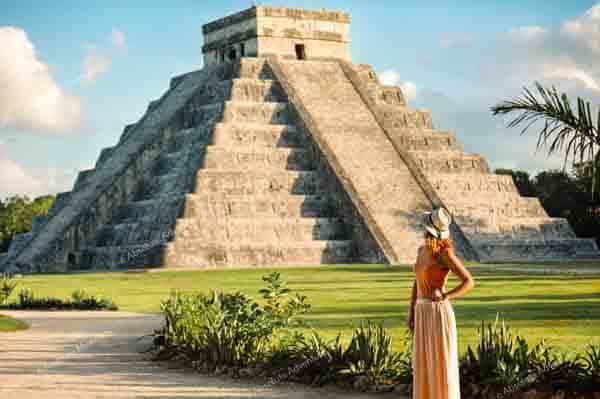


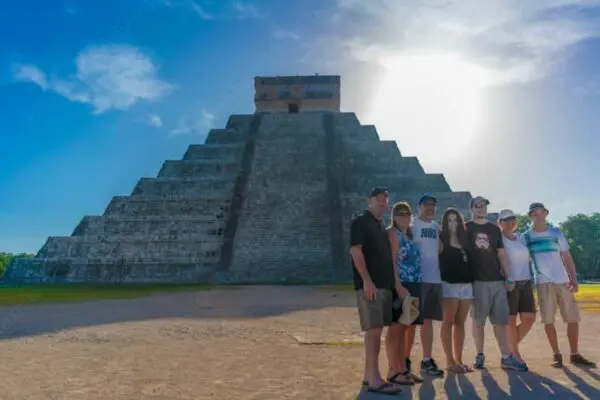
Chichen Itza Ruins FAQ
Consult our FAQ about Chichen Itza Mayan ruins! Here, you’ll find all the essential information you need to prepare for your next tour to Chichen Itza.
What are the opening hours of the Chichen Itza ruins?
The Chichen Itza ruins are open from 8am to 5pm throughout the year. For more detailed information about the Chichen Itza archaeological site, please refer to our dedicated article.
How long does a visit to Chichen Itza take?
A full visit to the site usually takes around 2 hours and 15 minutes of walking.
Is the site accessible for people with special needs?
Yes, the site is accessible; however, it’s important to note that most of the site has grassy areas, and the paths are covered with gravel and small rocks.
Do I need a guide to visit the Chichen Itza ruins?
No, it is not necessary to have a guide to visit the Chichen Itza ruins. You are free to explore the site on your own and simply walk around.
However, it’s important to note that there is limited information available about the Mayan history at the site. You will only find a few boards with the names of the structures. If you’re looking for a more in-depth understanding of the ruins and the Mayan civilization’s way of life, hiring a guide or joining a tour is recommended.
A guide can provide you with valuable insights and a more comprehensive experience, so definitively a private tour to Chichen Itza is the great option to consider.
What should I bring to the Chichen Itza ruins?
Here is a list of recommended items to bring:
- Phone/Camera: If you plan to bring a GoPro camera, video camera, or phone with a selfie stick, please note that there is a fee of 50 pesos (less than 3 USD) per device at the entrance of each archaeological site. This fee must be paid in pesos as an INAH tax.
- Bottle of water
- Hat & sunglasses
- Mosquito repellent and sunblock
- Comfortable shoes such as tennis shoes or sandals
What items are not allowed to be brought?
The following items are not allowed:
- Drones and tripods for video/cameras
- Food and drinks, except for water bottles

